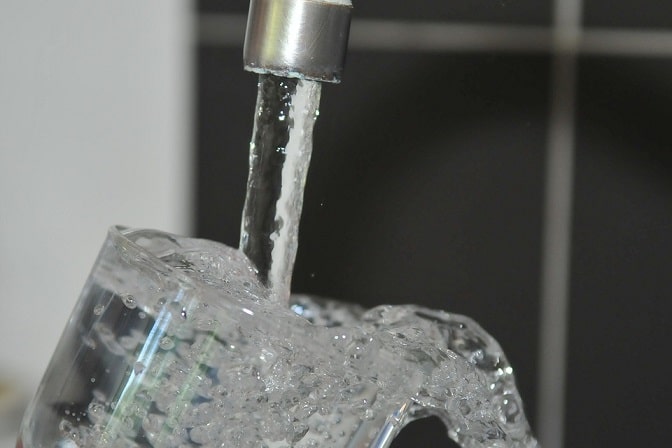Water companies and customers around the world continue to be burdened by high levels of water losses in distribution systems.
While water losses vary from low to unsustainably high in various parts of the world, it is vital that attention be paid to all and this means good water management must be done and also that there must be reliable operational performance indicators.
Good management means good pressure management; finding and fixing leaks to reduce real (physical) losses; and addressing water conservation. Even though much progress has been made towards addressing these water losses in distribution systems, many losses continue to exceed economic levels.
Everyone knows the percentage of System Input Volume must not be used for target-setting and/or making technical comparisons This was a statement made at the recent IWA Specialist Conference on Benchmarking and Performance Assessment in Vienna, Austria.
The 3rd Edition of the IWA Manual of Best Practice Performance Indicators for Water Supply Systems, published this year, lists three reliable indicators that are available for real losses:
- Real Losses per connection (lt/conn/day when system is pressurised), for urban distribution systems;
- Real Losses per mains length (lt/km/day when system is pressurised), for bulk supply and low service connection density (rural) distribution systems; and
- Infrastructure Leakage Index (ILI): the ratio between actual real losses and an estimate of the minimum real losses – calculated using the Unavoidable Annual Real Losses (UARL) formula – that could be technically achieved for the system operating pressure, average service connection length and service connection density.
The European Union’s Good Practices on Leakage Management, which conforms to the IWA indicators, agrees with the above, and also provides additional guidance on ˜Fit for Purpose’ performance indicators for differing operational objectives.
Water Loss Control professionals have recently launched a new initiative aimed at ending the use of the percentage of SIV in the sector, and more than 120 practitioners from 22 countries are already supporting the initiative.






